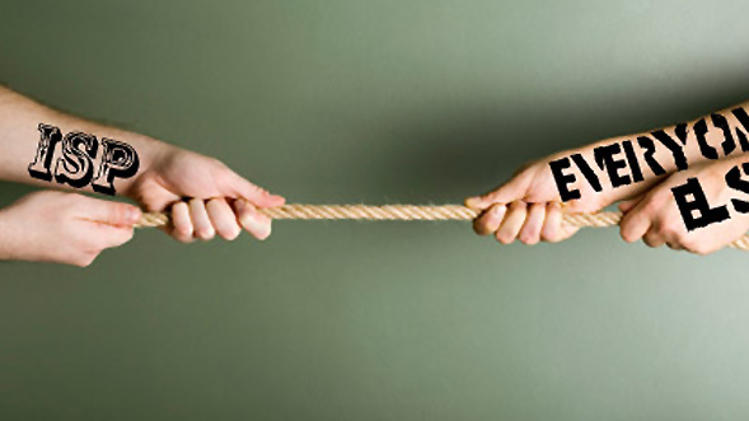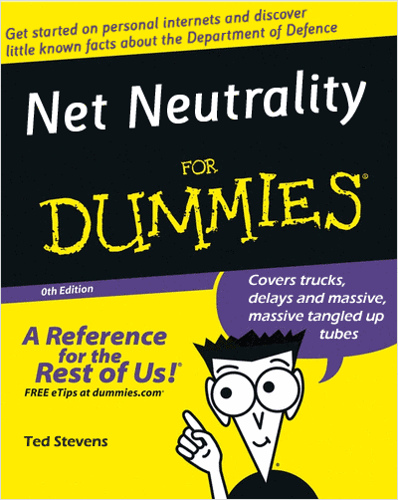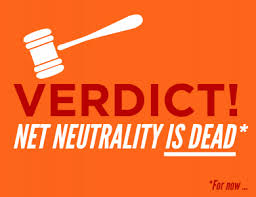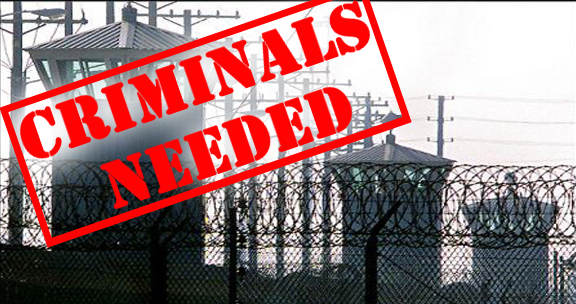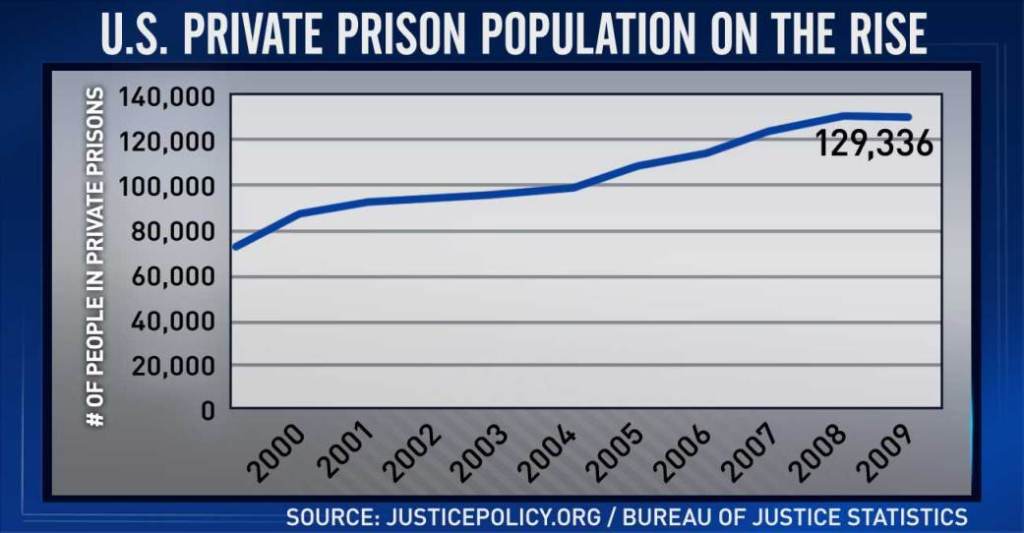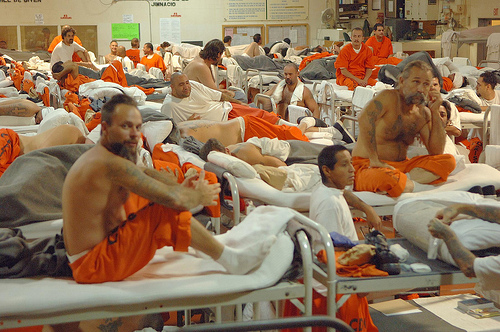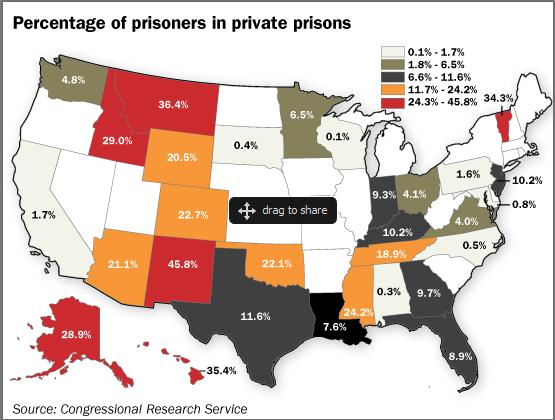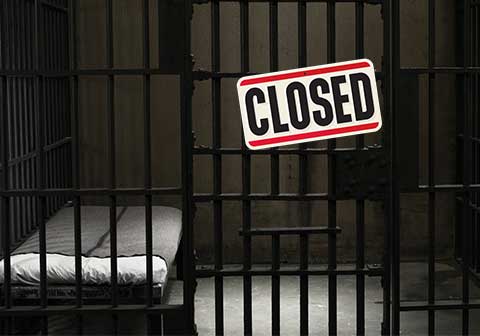The use of the Internet has grown by leaps and bounds since its pubic and commercial inception in 1995. Since then, nearly 79 percent of the population in North America uses the Internet on a regular basis. Currently, the top three Internet Service Providers (ISP’s) in the United States, AT&T, Verizon, and Century Link, control nearly 40% of the overall market.
As a result of this shrinking market-share, the Federal Communications Commission (FCC) adopted what is known as “Net Neutrality standards”, which gave the agency regulatory power to protect the free flow of information over the Internet. The possibility of regulations designed to mandate the neutrality of the Internet has been subject to fierce debate, especially in the United States. In 2005, the FCC issued a Broadband Policy Statement, which lists four principles of open Internet summarized as “any lawful content, any lawful application, any lawful device, and any provider”.
So What Exactly is Net Neutrality Again?
Essentially, Net Neutrality means that all content on the Internet must be treated equally. That is, one particular digital content provider can’t strike a deal with an ISP for its content to be loaded faster than another digital content provider. If that were to happen, sites like Amazon, with far greater resources than say TMZ, would have its content loaded lightning fast while TMZ’s content would have noticeably longer loading times. The FCC’s goal was to prevent ISP’s from impeding or “unreasonably discriminating” against digital content providers or applications. In its attempt to regulate equal access to all digital content providers, the FCC created the Net Neutrality Standards discussed above. Many feel that in 2014, equal access to digital content over the Internet should be considered a human right and not be subject to pre-negotiated contracts between ISP’s and digital content providers.
However, unsurprisingly, one of the nation’s largest ISP’s, Verizon, brought suit in the federal court of appeals challenging the FCC’s authority to regulate the flow of information over the net. Ultimately, in an eighty-one page ruling, the federal appeals court sided with Verizon over the way the FCC’s new rules were drafted. The court determinately pointed out that the FCC is assigned with regulating essential utilities like telecommunication services and electricity, and consequently, the Internet isn’t considered to be one of those utilities under current law. Specifically, the court found that the FCC could not regulate broadband under common carrier rules as it had argued, because it had not classified the service as a telecommunications service. The court relied on antiquated regulations that primarily regulated old modem dial-up connections as opposed to newer fiber optic backbone transmissions that are in use today.
So What Does this Mean to You and Me?
As of now, nothing. The major ISP players all issued statements on the court of appeals ruling saying they don’t have plans to change anything based on the court’s decision. The FCC has not ruled out appealing the court of appeals decision to the Supreme Court, or alternatively, rewriting its antiquated rules regulating Internet use. ISP’s such as Verizon, claim the FCC’s rules are overly broad and violate free-enterprise, essentially arguing that since they provide a service to consumers, they and they alone should be able to dictate how those services are administered. Net Neutrality proponents fear that ISP’s will create two-tiers of Internet, a faster tier for paid content, versus a slower tier for all the rest. They also point out consumers will ultimately bear the brunt of the costs as digital content providers undoubtedly pass those associated fees down to their consumers.
The Internet, much like cable television, and air travel has increasingly seen its market-share dwindle over recent years with consolidation, take-overs, and buy-outs. Without regulation, in my opinion, it’s only a matter of time before only a few large ISP’s will remain. It’s American capitalism 101, companies will undoubtedly get larger and seek to continue to maximize profits for their shareholders. In the end, the American consumers will be left holding a bag full of commercial content bought and paid for by the highest bidder.
Eventually, Congress will need to step in and set a standard of regulation for U.S. Internet Service Providers. Unfortunately, members of Congress understand little about advancing technology and heavily rely on the steady supply of talking points and “research” provided to them by lobbyist. Until we can rid ourselves of the current “do-nothing” Congress, expect little movement on this by our legislative branch of government. Consequently, relying on the Judiciary, armed with antiquated laws, to set standards for existing and future technology that has far surpassed the laws that govern it. Needless to say, we’ll be keeping a close eye on this evolving contemporary issue as both technology and public sentiment grows.
